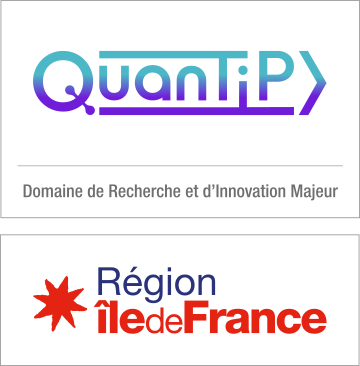Laboratoire de physique des lasers (LPL), Université Sorbonne Paris Nord
Continuous superradiant lasing from an atomic beam
We advertise an opening for a 15 months postdoctoral position at the Laser Physics Laboratory (Université Sorbonne Paris Nord), aiming at realizing our first studies with a continuous super-radiant laser experiment.
Super-radiant lasers are a kind of “active optical clocks”, where emitters (atoms) with a narrow spectral line emit spontaneously in the mode of an optical cavity with comparatively broad spectral line. This produces a self-referenced light source, inherently robust to the effect of vibrations of the optical cavity – a key technological advantage compared to standard optical atomic clocks. Remarkably, the emission process itself, on a narrow line and thus from a somehow metastable state, is enforced by a collective effect stimulating intensive research: superradiance, i.e. spontaneous emission enhanced by inter-atomic correlations or synchronization. Thus, two research interests meet in the engineering of superradiant lasers: the demonstration and characterization of a new technology for frequency metrology, and the study of many-body physics in a dissipative quantum system.
Nowadays, a challenge is to reach the continuous superradiant regime. We have chosen a comparatively simple architecture, in which the use of a moderately narrow line of strontium (7.5 kHz) should enable superradiance from an effusive thermal beam, simply laser cooled and collimated before it crosses the mode of a high-finesse Fabry-Perot cavity. Today, the construction of the experimental apparatus is nearing completion. The post-doctoral researcher will be in charge of demonstrating the channelling of atoms from the oven into the Fabry-Perot cavity mode, and the laser excitation to reach population inversion. Then she/he will characterize the emission of light into the cavity, in order to demonstrate, for the first time, a continuous super-radiant laser. We should be in an ideal setting to verify whether the linewidth can reach below the natural linewidth of the atom, as a result of the synchronization of the atomic dipoles.
This work will be realized within the Magnetic Quantum Gases group at LPL, which, next to this project, operates two experiments on quantum magnetism with degenerate gases of chromium and strontium. It develops in collaboration with experimentalists at FEMTO-ST (M. Delehaye, clock-line continuous superradiant laser) and LCFIO (I.F. Barbut, free-space superradiance).
Superradiant laser team:
Benjamin Pasquiou, CNRS research engineer
Bruno Laburthe-Tolra, CNRS researcher
Martin Robert-de-Saint-Vincent, CNRS researcher
Work place: LPL, Université Sorbonne Paris Nord, 99 avenue J.-B. Clément, 93430, Villetaneuse
Website: http://www-lpl.univ-paris13.fr/gqm/
Contacts
Martin Robert-de-Saint-Vincent
martin.rdsv(at)univ-paris13.fr

